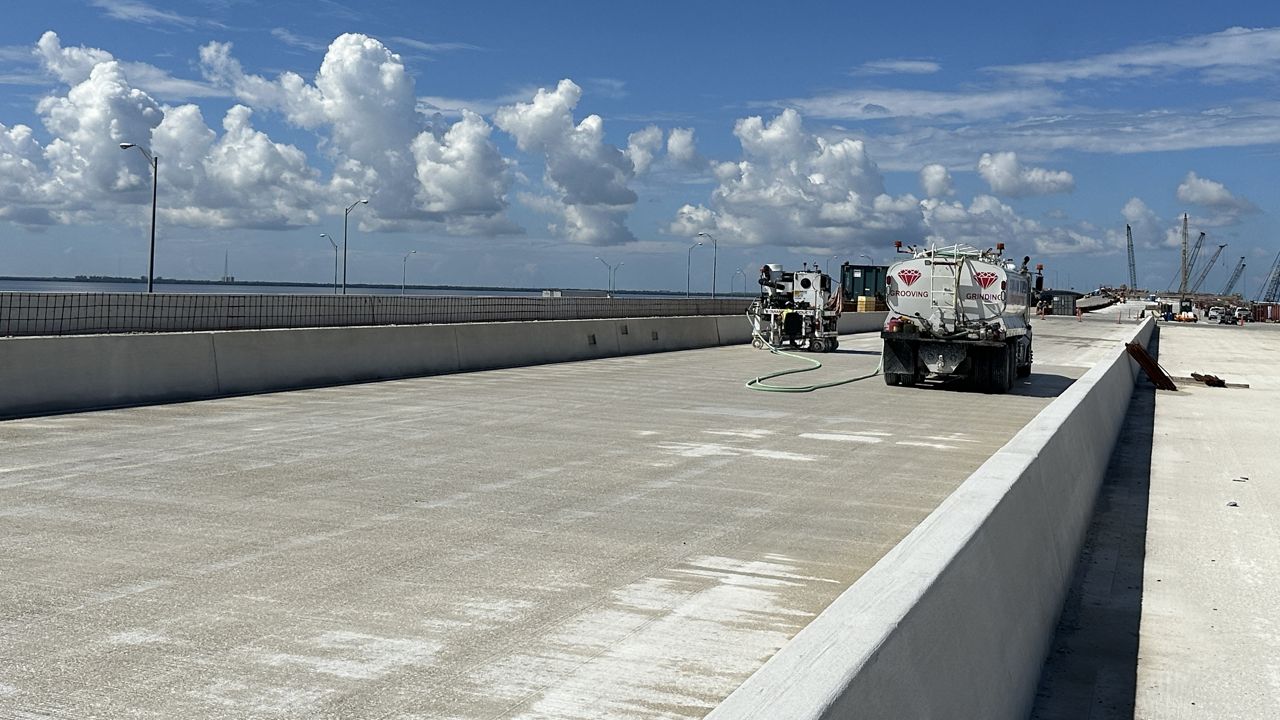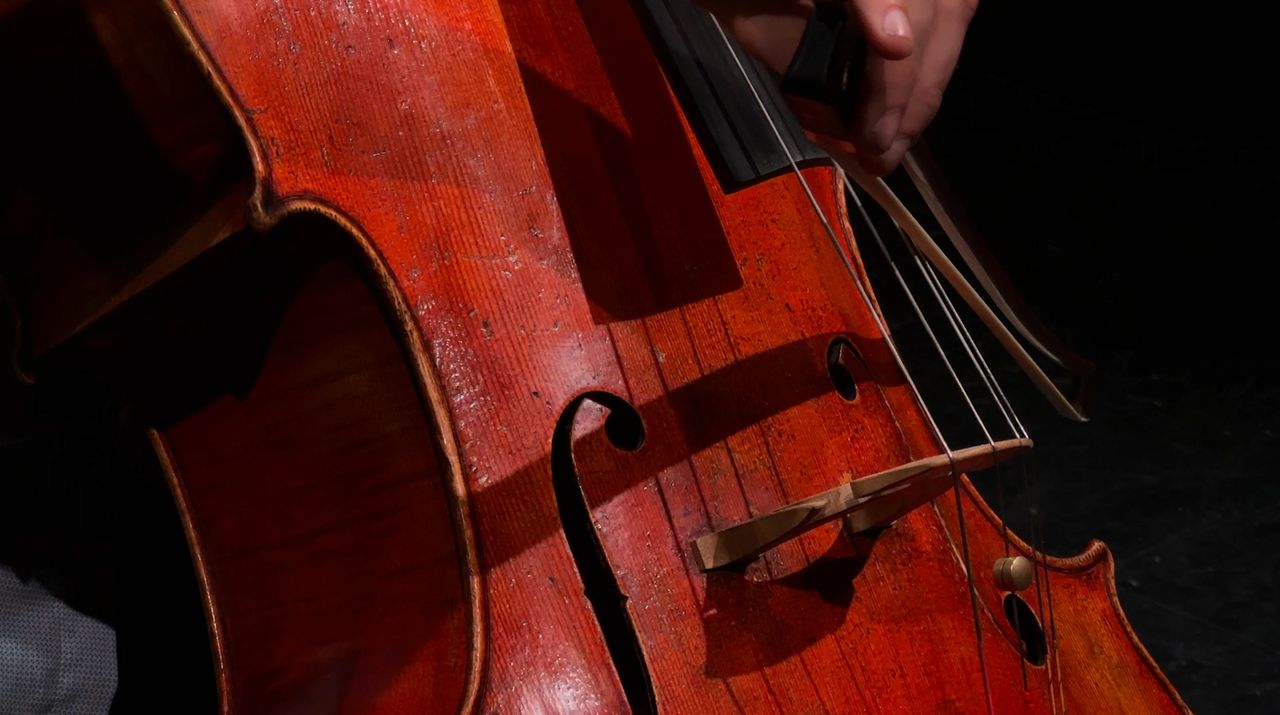TAMPA, Fla. — As millions celebrate the Juneteenth holiday, local Black history buffs also want people to look at the history of slavery and the day slaves were freed in their own communities.
What You Need To Know
- Tampa Bay History Center tour guide Gloria Jean Royster became an expert on a woman known as Madam Fortune Taylor. Royster gives guided tours of downtown Tampa to talk about Taylor’s legacy
- The Tampa Bay Times, the Patel Conservatory, part of the Straz Center for the Performing Arts, the Barrymore Hotel Tampa Riverwalk and Anchor Riverwalk all sit on land once owned by Taylor
- Fortune eventually sold most of her land to the city’s mayor at the time, but she wasn’t counted out at places that are now landmarks around the city, including St. Paul AME Church, where Fortune was well-known for her generosity
More than 150 years ago, just a few feet away from where Tampa Convention Center now sits, used to be the Fort Brooke Military Base. It’s where historians said the Union Army and Navy captured and defeated the remaining Confederate soldiers. At that same time, they declared the end of slavery in Tampa. One of those slaves happened to be a woman whose name and story is a driving force in Tampa’s history.
Tampa Bay History Center tour guide Gloria Jean Royster became an expert on a woman known as Madam Fortune Taylor. Royster gives guided tours of downtown Tampa to talk about Taylor’s legacy.
“This is Fortune Street, named for Fortune Taylor. It is the only street in downtown proper named for a woman,” she said to a tour group.
“The Tampa Bay Times, the Patel Conservatory, part of the Straz Center for the Performing Arts, the Barrymore Hotel Tampa Riverwalk and Anchor Riverwalk all sit on land once owned by an African American woman in the late 1800s,” Royster said.
That’s 33 acres of land owned by an African American slave-turned-business woman in Tampa in the late 1800s. That’s about as monumental as the changes to the city over the past 154 years.
There are no known photos of Taylor — just her story marked on a plaque on the Tampa Riverwalk. Royster said she did get a description of Taylor as short, stout woman with long hair.
While we don’t have a visual of what Fortune looked like, Royster said records show a lot about the former Brooksville slave.
“Fortune Taylor was born as an enslaved person in Richland County, South Carolina. She was brought to Hernando County, Florida, in 1852. Both she and Benjamin, they belonged to the same family,” she said. “Historians believe in 1863 they came into Tampa in search of freedom with one of their owners. In 1864 the following year, the Union Army came into Tampa to liberate African Americans.”
According to historians, it was an entire year before Juneteenth when the Union Army arrived in Tampa, late May 5, 1864. That night, they defeated the Confederate soldiers at Fort Brooke in Tampa and on May 6, 1864, the 100 slaves in Tampa were freed. That included Taylor and her husband, Benjamin. The two were legally married two years after they were liberated.
Royster said records were also able to explain how Taylor and her husband got their land in the first place.
“It wasn’t unusual because the U.S. government had enacted a law where the enslaved could claim land here in Tampa, across the nation, but here in Tampa. And they also did that for Union soldiers,” she said. “So they confiscated lands from Confederate sympathizers and turned it over to African Americans who were interested.”
She said not long after that, the couple went into business for themselves. Benjamin’s work was with citrus.
“He helped introduce a new industry to the city of Tampa. That is the citrus industry,” Royster said. “He was one of the first Black homesteaders and first post-Civil War residents that understood the economic potential of citrus culture.”
After her husband’s death, Taylor's freedom and land ownership provided a literal bridge over troubled waters. A drawbridge was built on her land.
“Now, the bridge was not named for her, the street was. But in Tampa because a street, her street connected to the bridge, the bridge took the name Fortune Street Bridge from 1892 until 1961 when a decision was made to reroute her street,” Royster said.
The bridge, later renamed Laurel Street, served as a connector then and now.
“Historians say that it also connected the white and Hispanic communities, and then the white and the Black communities as a structure and as a community,” said Royster. “This bridge was also built so that the cigar workers could get safely to work. Prior to that, they were using the ferry and it was dangerous and some people used it and lost their lives crossing the river.”
For decades, Taylor's name was removed from the bridge, but five years ago, Tampa city leaders voted to add it back. It’s now known as the Fortune Taylor Bridge.
Records show Taylor eventually sold most of her land to the city’s mayor at the time. But even with less property, Taylor wasn’t counted out at places that are now landmarks around the city, including St. Paul AME Church, where she was well-known for her generosity.
It’s believed Taylor lived until 1906. She has a ceremonial headstone in Oaklawn Cemetery that lines up with where her property was once located.









